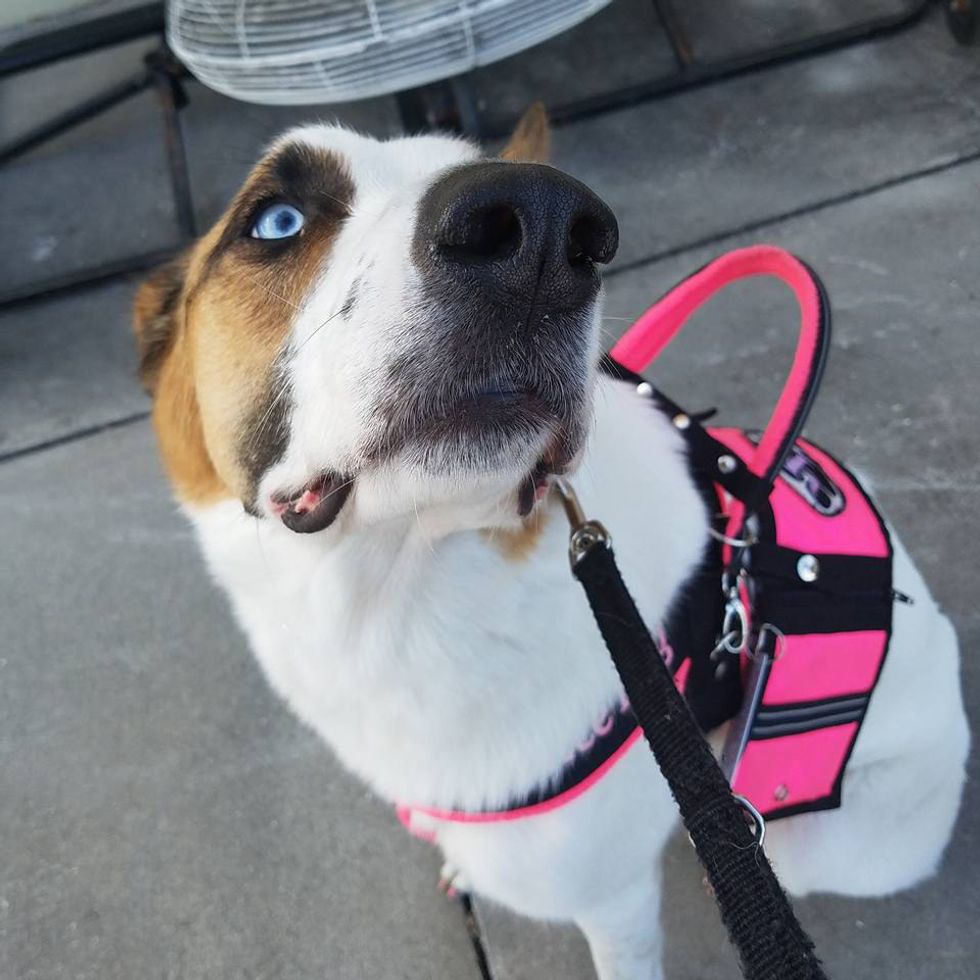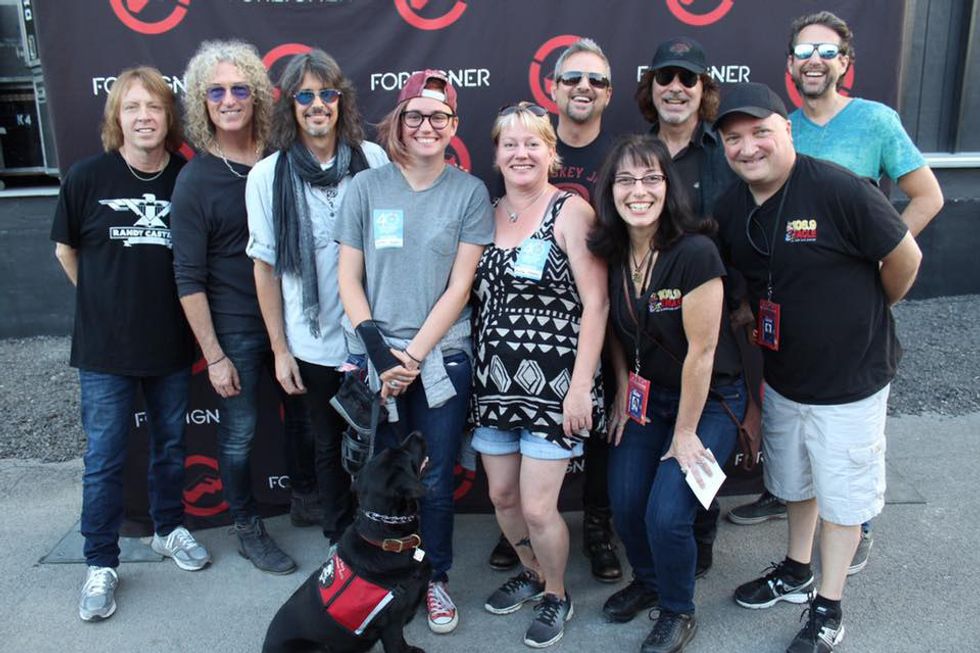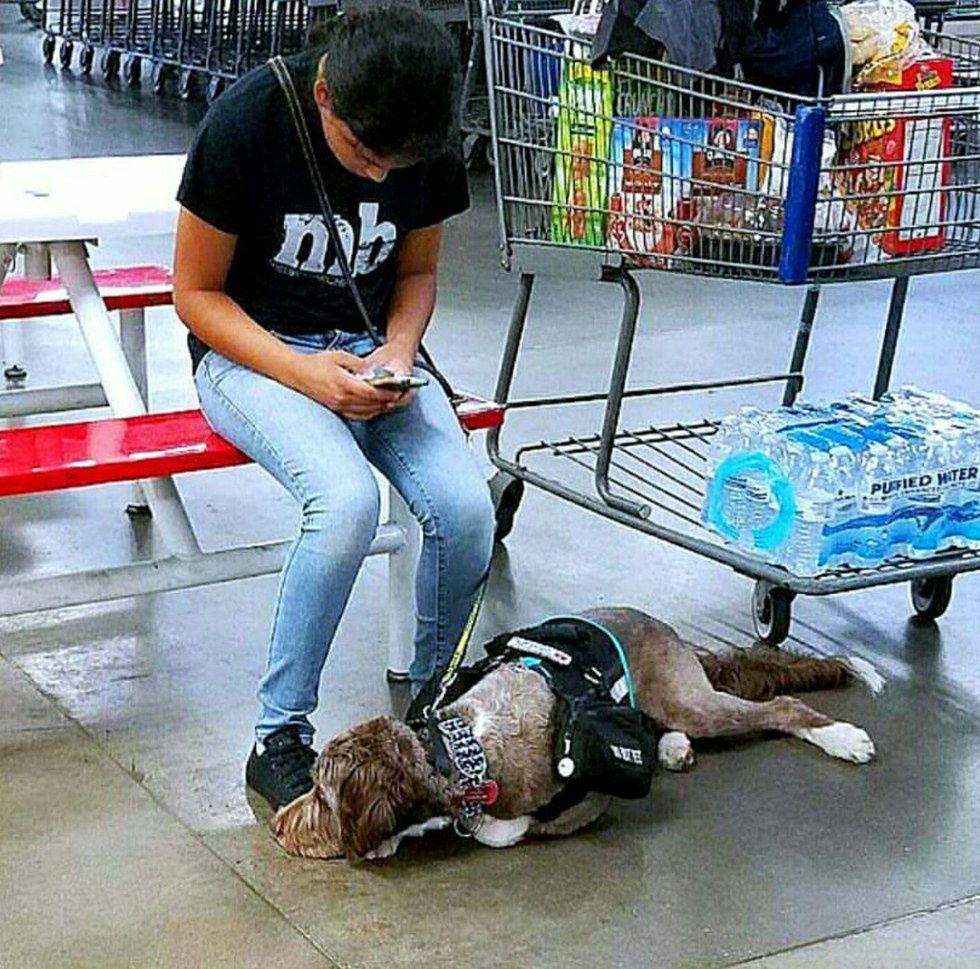Service dog handlers are usually on edge due not only to their conditions but the constant staring and questions from the general public. On top of that, there are certain individuals who feel the need to mutter rude comments at us if they do not agree with working dogs or are simply ignorant about service animals.
We have heard things such as "why is there a dog in here?" with a snarl and my favorite: "leave your dog at home if you don't want people petting it."

If the color of your hypothetical bright pink neck brace sparked many conversations in public, would you be OK with every person touching it? No, because people touching your neck brace and moving it around makes the brace unable to do its job and support your neck.

Just like that neck brace, these dogs have a job and you are making them unable to perform that job if you assume it's OK to pet them. Handlers will tell you if it's OK to pet the dog at that exact moment. Do not be discouraged if the answer is no and do not tell us to leave our medical equipment home because we didn't let you use it for your own entertainment.

Along with never assuming it's OK to pet a working dog, you should never assume a person's disability. There are numerous invisible disabilities that, while you can not physically see them, they affect the handler immensely. Yelling "she must be blind because she has a dog" is not only inaccurate, but a common service dog stereotype.
Teach your children, family, friends, that these dogs come in public with us because they help us with a variety of challenges that come along with our disabilities, some that while they may not be visible, it doesn't make it any less debilitating.

On another note, for people who happen to stumble upon blind handlers, do not encourage your family and friends to pet a service dog because the handler is visually impaired. That is not only disrespectful, but an invasion of space and taking advantage of a helpless human being.

When people look at me with my service dog, they think I look like a normal functioning person. However, inside my body and brain, it is far from functional. Many people make the assumption that I am training this dog and am going to "give him away to a disabled person", therefore making it okay for them to distract him.
Why do people assume he is in training for someone else, other than me? Because I look physically healthy to them. Because I'm not in a wheelchair. Because I'm not blind.
But -- what does a disability look like?























